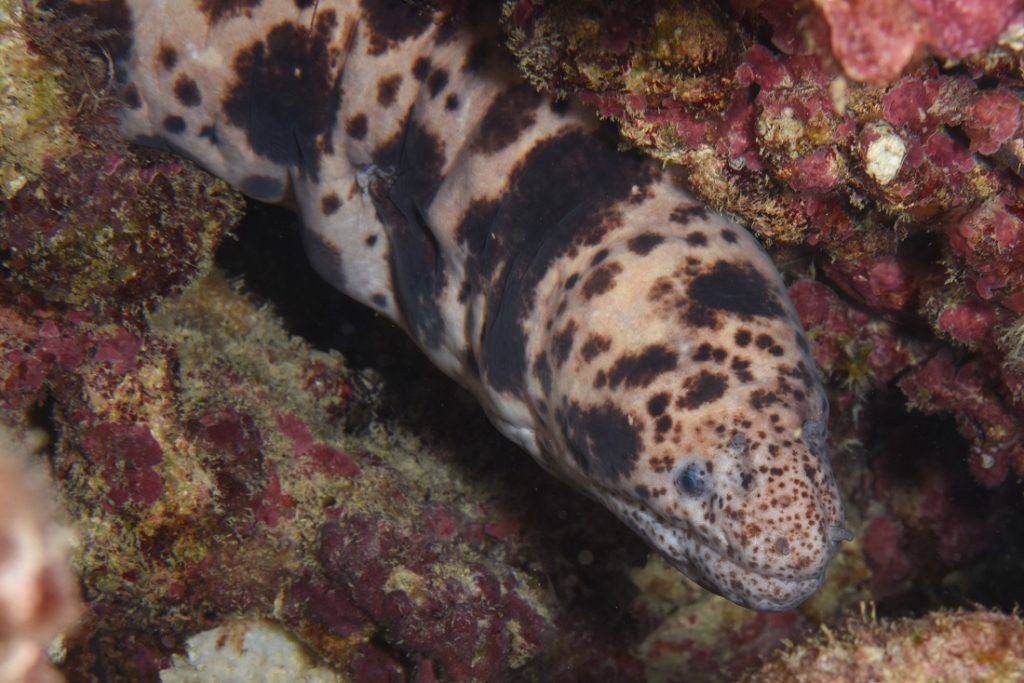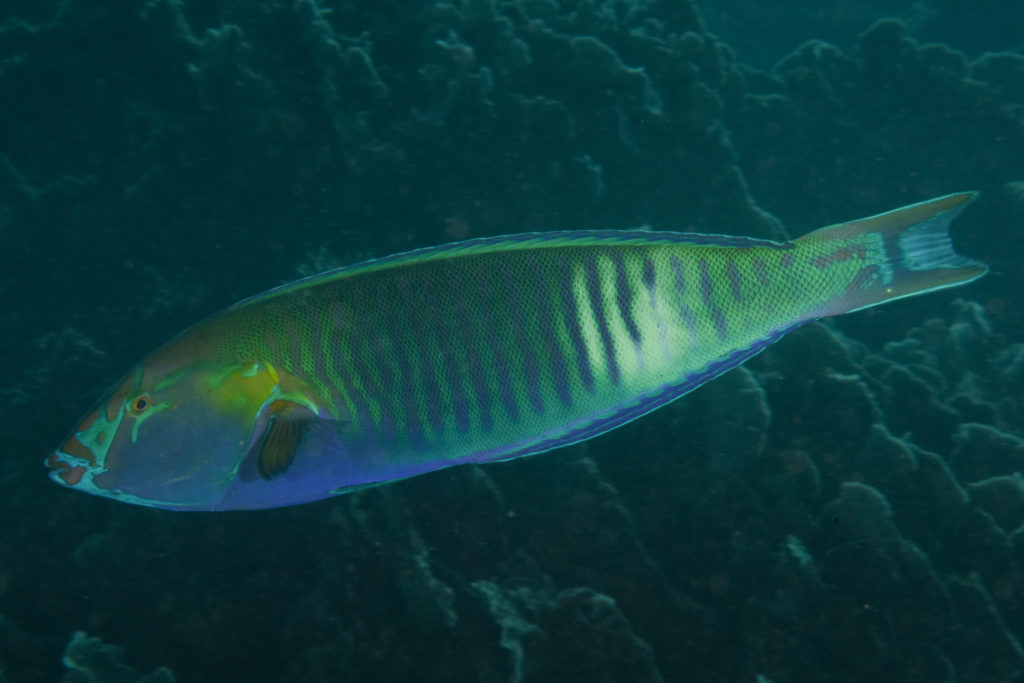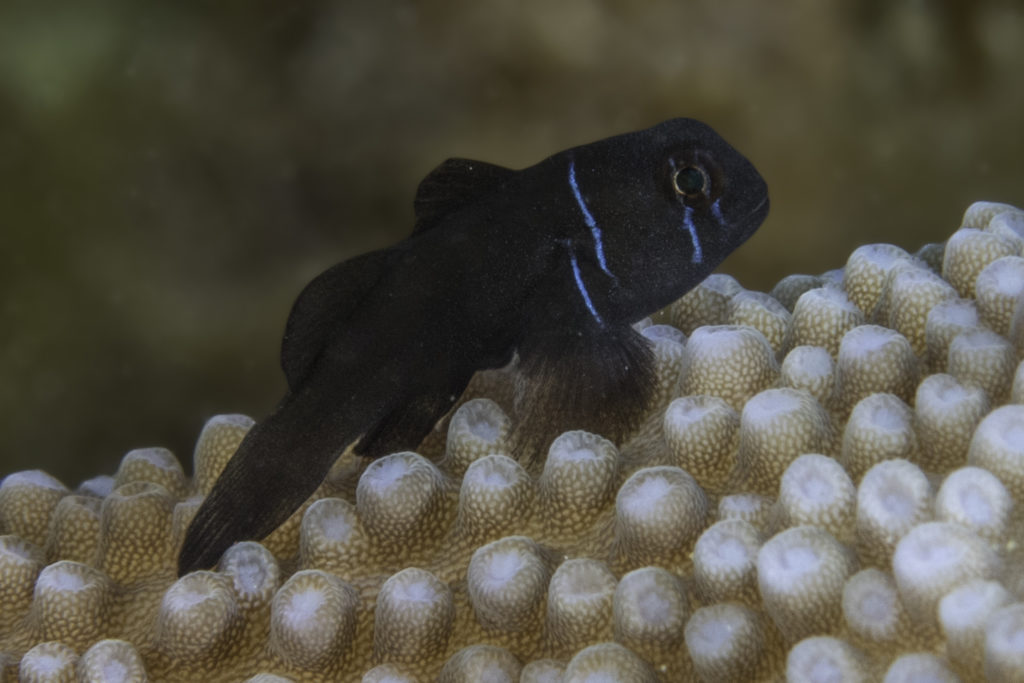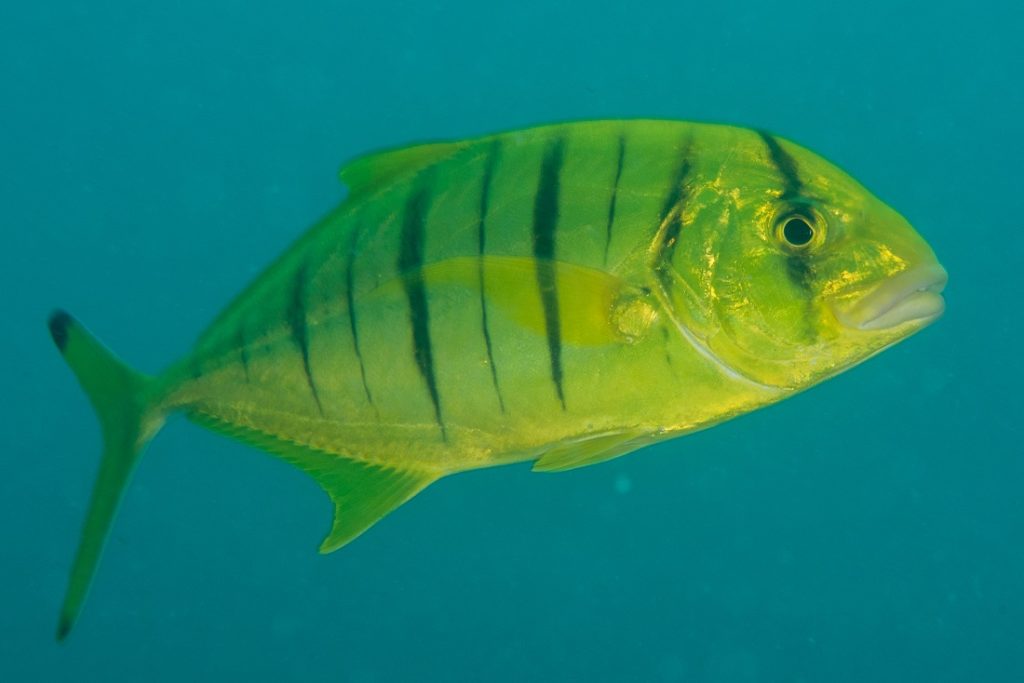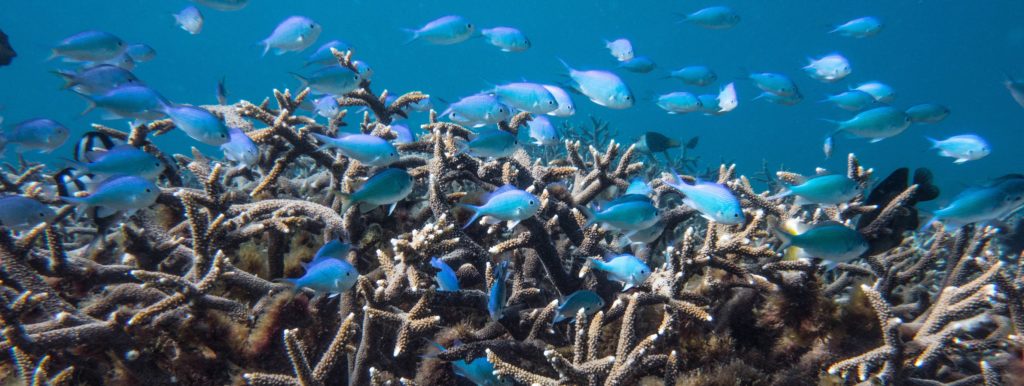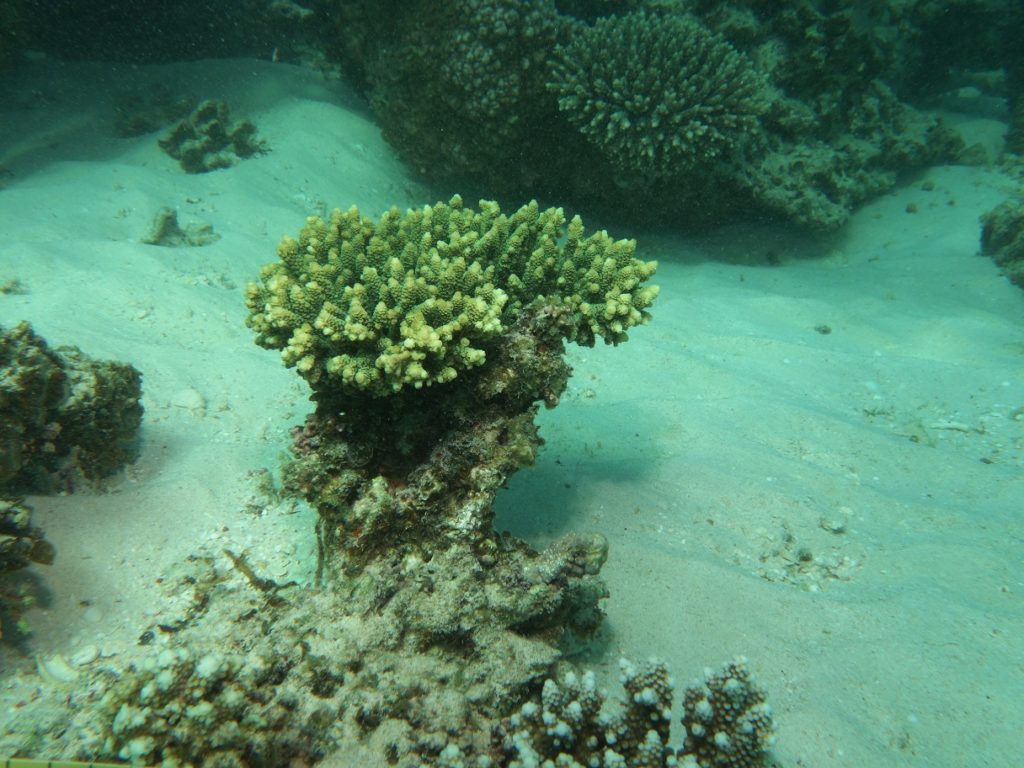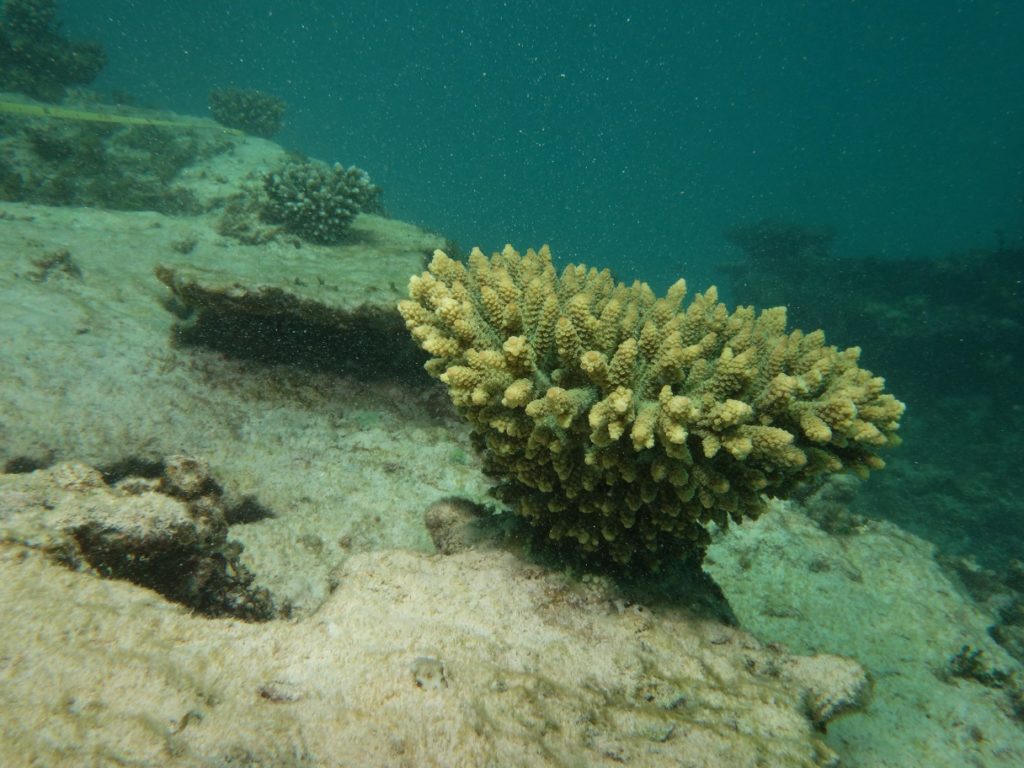John Turnbull and I rocked up at Sydney airport on 22 July with the exciting prospect of getting to Ningaloo later that day to participate in my first serious round of RLS tropical fish surveys. We were going to meet Rick at Perth to get on a flight to Learmonth and then catch a bus to our new home for the next several days.
We rocked up at Coral Bay Research Station later that day and got a nice tour of the town at sunset. It didn’t take all that long as it is a very small settlement, consisting of a backpackers, caravan park, a pub or 2 , some small shops and an awesome bakery (which we ended up frequenting most days on the way home from surveys). The relative quietness was a welcome relief from the hustle and bustle of Sydney, and not having to share it with 5 million people made the little gem of a place more special. It was also a few degrees warmer than Sydney on land and sea which made it all the more pleasant.

The 2017 RLS Ningaloo crew comprised Paul Day, Kevin Smith, John Turnbull, Alicia Sutton, Jen Hoskin, Kate Tinson, Rick Stuart-Smith and myself. From an experience level, most of the team had good tropical fish experience and had surveyed Ningaloo previously. We were set to go the following morning and with 2 boats, the A and B team, as referred to by Kate (who was on the A team, ably skippered by Paul).
A particularly challenging aspect of the surveys was trying to decipher the various parrotfish and the darker damsel species. There are not only lots of parrotfish species in the area, but they have a tricky range of colouration through their life stages (and depending on mood!), and being able to see the distinguishing features of some of the darker damsels can be difficult when they are shy and dart quickly into the coral to hide. Then there is the additional challenge of trying to remember all of the scientific names for the many species. It was certainly a good memory workout overall. The new RLS online frequency explorer and flashcards got a good workout, and proved to be invaluable tools to help with identifications.
In summary, 7 days of surveying later we had collectively completely 73 transects at 26 sites, recording 274 species on the method 1 fish surveys, and 133 species of mobile invertebrate and cryptic fish on the method 2 surveys.
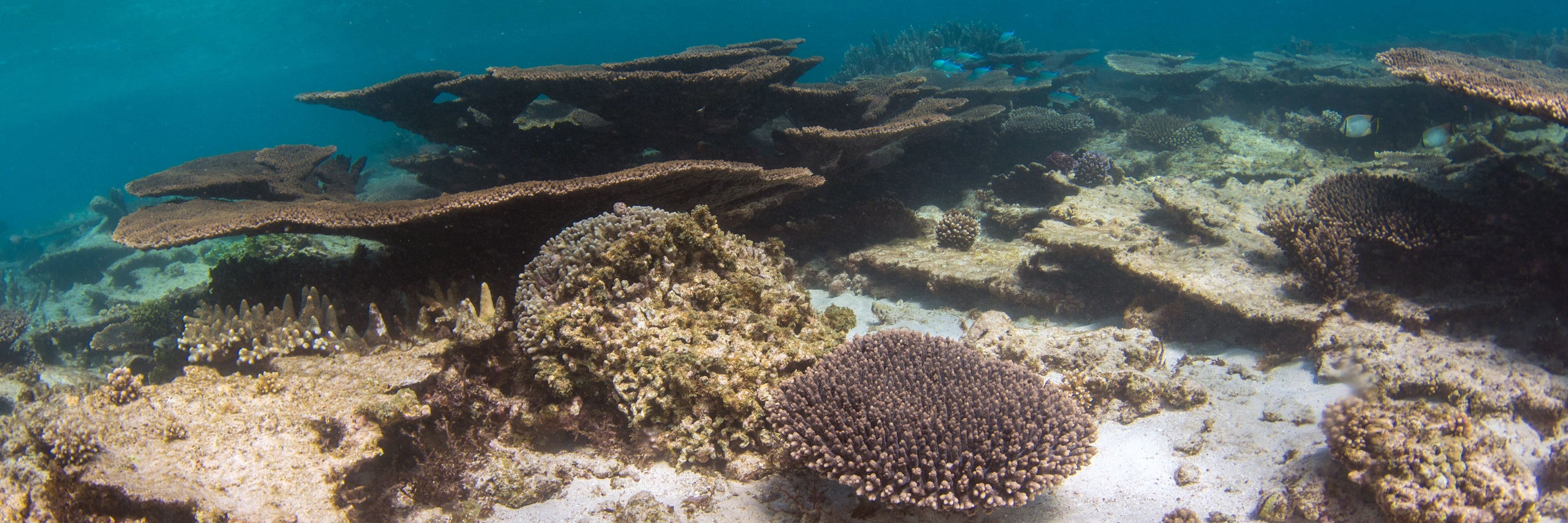
A few interesting sightings included a pair of Red-lipped Morwong (Cheilodactylus rubrolabiatus), usually found much further south, and Yellow Coralgoby (Gobiodon okinawae), which may have never previously been recorded south of the Rowley Shoals in the west.
It was reassuring to see the growth of the coral recruits that have established since the aftermath of 2015 cyclones. The cyclone impact was quite severe at some sites, and crew members that had undertaken surveys there prior to 2015 described some spectacular coral gardens in places which were now fields of upturned or broken-up plates. But the new coral growth is already very clear on many of these upturned plates, and the speed of recovery has pleasantly surprised the RLS Ningaloo stalwarts.
On top of the myriad fish and invertebrate encounters, we had some wonderful sightings of whale breaches, lots of turtles, dugongs, mantas and a couple of reef sharks. All in all it was excellent, productive team effort with a bunch of like-minded people, who were a pleasure to spend time with.
RLS would like to especially thank Mike van Keulen and Murdoch University, and Frazer McGregor for their continued support with the research station. Peter Barnes, Tom Holmes and the Department of Biodiversity, Conservation and Attractions WA also provide support and permits to allow the RLS activities at Ningaloo to continue, and Ningaloo Reef Dive in Coral Bay and Exmouth Diving Centre once again provided discounted tank fills and extremely patient service for RLS dive teams out late surveying.
